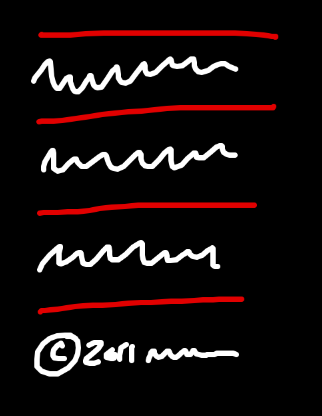When 37signals began writing REWORK, author Tim Ferriss offered us helpful advice on the publishing world and book marketing. We’ve admired his lean writing style, focus on efficiency, and outsider-to-bestselling-author ascent for a while now. Recently, I sat down with him at The ACE Hotel in NYC to find out more about his views on the workplace and the advice he gives to startups.
 Do you hate your job? Good. At least, you’re not bored with it. That’s how Tim Ferriss looks at it. According to Ferriss, feeling comfortable at your job can be a trap. "It’s worse to tolerate your job than to hate it because, if the pain is painful enough, you’ll make a change," he says. "But if it’s tolerable mediocrity, and you’re like, ‘Well, you know it could be worse. At least I’m getting paid.’ Then you wind up in a job that is slowly killing your soul and you’re allowing that to happen. Comfort can be a very, very dangerous thing."
Do you hate your job? Good. At least, you’re not bored with it. That’s how Tim Ferriss looks at it. According to Ferriss, feeling comfortable at your job can be a trap. "It’s worse to tolerate your job than to hate it because, if the pain is painful enough, you’ll make a change," he says. "But if it’s tolerable mediocrity, and you’re like, ‘Well, you know it could be worse. At least I’m getting paid.’ Then you wind up in a job that is slowly killing your soul and you’re allowing that to happen. Comfort can be a very, very dangerous thing."
So how do you break out of a comfort rut? Ferriss says, "It’s very valuable to amplify the pain. If your job is mediocre, sit down and do an exercise on paper to really run through what your life is going to look like in two, three, five years if you continue to do what you’re doing. What options are you going to have? If you don’t have kids now, but you’re going to have kids in five years, do you want to be in the same job at that point? What are your options going to be then? What is your risk tolerance going to be then?
"When people telescope out a few years to the natural conclusion of their current behavior, it can be really terrifying. And I think that’s what more people need. Its certainly what I needed. I was doing extremely well financially in mid-2004. And then I had a long term girlfriend break-up with me because of my 7am – 9pm schedule. It was a huge eye-opener for me. And I needed that pain, or I would not have changed my behavior."
The end goal is not idleness
That change of behavior led Ferriss to slash his time commitments, which became the basis of his breakthrough book. But is constantly searching for workplace hacks a worthy goal? If you’re doing something you love, do you really need to constantly search for shortcuts?
"I think one of the ways my message is misinterpreted is viewing the end goal as idleness," responds Ferriss. "That is a false idol. And it’s a very sad destination when you do arrive, because you recognize that it is not a worthwhile destination.
“Idleness is a false idol.”
"For me, the objective has always been: How do you improve per-hour output to the greatest extent possible? And how do you concurrently design the lifestyle that you want to have? Because I do believe that life is intended to be enjoyed. For many people, they love what they do, but they don’t want to do it 80 hours a week. For them, it would be dialing back from 80 to 40, let’s just say. Whether that’s a teacher, pastor, or writer — just being more efficient and effective with your time.
"In the second category, you have people who don’t love what they do. It comes back to that comfortable mediocrity. And for them, it’s about replacement. It’s not about reduction. For them, the goal is to get to the point where they’re doing what they love. And that is the objective of everything that I teach. It’s not to be idle, but it’s to get to the point where you control your time and allocate it to the things that will give you the most joy and also provide the greatest impact. For each person, that will be very individual."
Diversifying your identity
With his latest book (#1 bestseller The 4-Hour Body), Ferriss is evolving out of being the "The 4-Hour Workweek" guy. He says, "I don’t want to put out ‘The 3 1/2 Hour Workweek’ or ‘The 3-Hour Workweek.’ It would be boring for me to produce and it would be boring, I think, for many people to consume. So, ‘The 4-Hour Body’ for me, was the opportunity to focus on what I’ve been obsessed with for a much longer time than time management.
 "A big part of it was diversifying my identity. I didn’t want to paint myself into a corner where I felt obligated to maintain a certain level of ‘success.’ Even if ‘The 4-Hour Body’ were to do far worse than ‘The 4-Hour Workweek,’ I felt this was a necessary step for my own personal preservation.
"A big part of it was diversifying my identity. I didn’t want to paint myself into a corner where I felt obligated to maintain a certain level of ‘success.’ Even if ‘The 4-Hour Body’ were to do far worse than ‘The 4-Hour Workweek,’ I felt this was a necessary step for my own personal preservation.
"I also wanted to diversify the public perception of my expertise. I want people, hopefully, to read my material because of the way I deconstruct problems, not because of the specific subject matter. I would rather be in the same vein as Malcolm Gladwell or George Plimpton than someone who’s known for just being an expert in one subject matter."
Ferriss has also spread out by becoming an angel investor (StumbleUpon, Digg, and Twitter among others) and advisor to startups. He gives don’t-put-all-your-ego-in-one-basket advice to the people he works with too. "One of the recommendations that I make to many of the startup founders I advise is to have at least three or four areas of interest outside the business," he explains. "Don’t become a Dow Joneser, someone whose mood and self-worth goes up or down dependent on the Dow Jones, which you have no control over.
"If your entire ego and identity is vested in your startup, where there are certainly factors outside of your control, you can get into a depressive funk that affects your ability to function. So, you should also, let’s say, join a rock climbing gym. Try to improve your time in the mile. Something like that. I recommend at least one physical activity. Then even if everything goes south — you have some horrible divorce agreement with your co-founder — if you had a good week and set a personal record in the gym or on the track or wherever, that can still be a good week."
Continued…

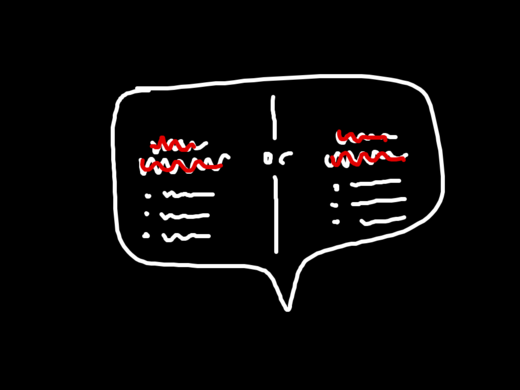
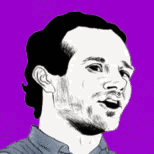

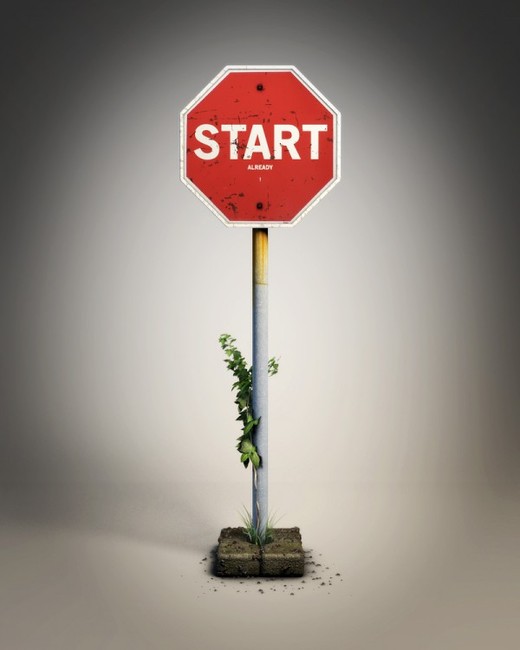
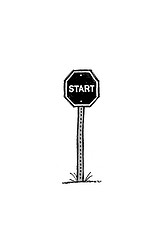 Nejc Polovsak
Nejc Polovsak  Do you hate your job? Good. At least, you’re not bored with it. That’s how
Do you hate your job? Good. At least, you’re not bored with it. That’s how 
